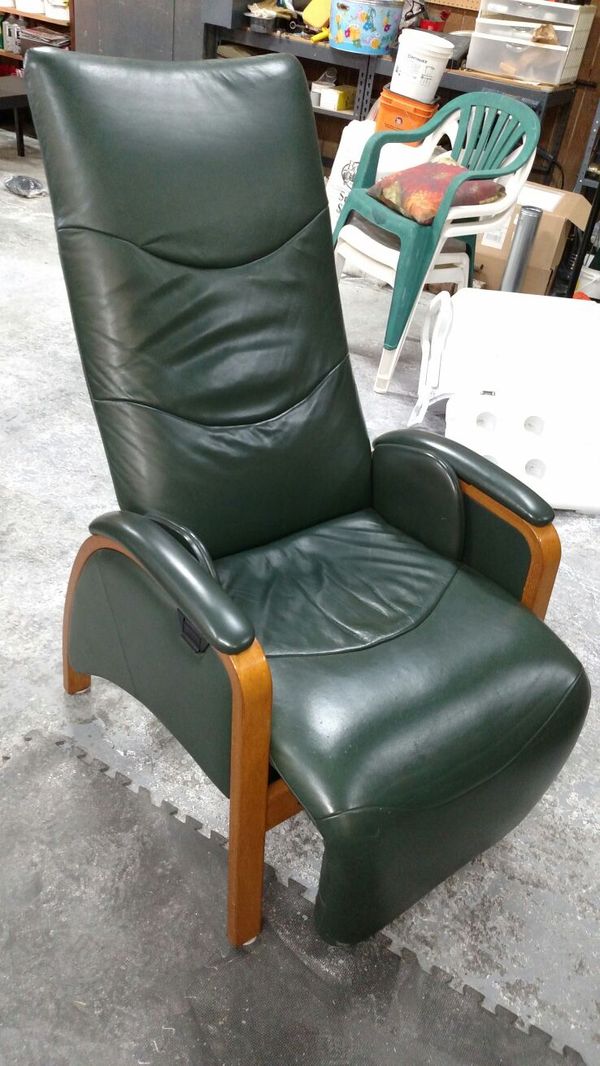
If physical therapy doesn’t do the trick or you need another type of care, your PT can give you a referral to a sciatica specialist.A good quality of life: we all aspire to it, but sometimes our ability to achieve it is compromised by chronic aches and back pains that keep us from enjoying our lives, our work, and time with our family and friends. Jones suggests starting with a physical therapist, who can assess your symptoms and offer strategies and exercises to ease the pain.
RELAX THE BACK STORE HOW TO
You may also be able to prevent it from becoming an ongoing issue-or at least learn how to nip it in the bud if it happens again. “As is often the case with health issues, the sooner you treat sciatica, the more likely you are to have a good outcome,” he says. Even so, Jones says it’s a good idea to get it checked out. Mild sciatica, on the other hand, may go away on its own, often with the help of rest, cold packs or heating pads and anti-inflammatory medicines. These may be signs of a rare condition called cauda equina syndrome, which can result in permanent damage if not treated right away. Even more dangerous are severe pain, numbness or weakness in the area, and/or changes in bladder or bowel function. These include fevers, chills and night sweats, which can signal infection. Jones notes that certain sciatica-like symptoms warrant a trip to urgent care.

“If you have a high-intensity job, that means having enough strength and range of motion in your hips and knees to do your work without injury.” For others, that may mean building the strength, balance, flexibility and aerobic capacity to run around with your kids or grandkids, do heavy yardwork or take an active vacation. Make sure your body can handle what you’re putting it through on a daily basis,” Jones says.

“Try your best to keep moving and stay healthy.

Treating and preventing mild sciatica look very similar. “So it’s very, very valuable to arm yourself with knowledge and know how to treat it.” 6 Moves to Ease Sciatica “Whether this is your first time dealing with sciatica or you’ve had it before, in all likelihood it won’t be the last time it shows up,” he says. If you’ve had symptoms for more than a week or two, it’s a good idea to have a doctor check you out ASAP, says Brian Jones, PT, DPT, OCS, CSCS, a physical therapist at HSS Rehabilitation and Performance in Brooklyn. There are two main types of sciatica: mechanical, where something like a bone spur or herniated disc is pushing on the nerve, and inflammatory, where swelling due to injury, pregnancy, infection or another condition is applying the pressure.


 0 kommentar(er)
0 kommentar(er)
